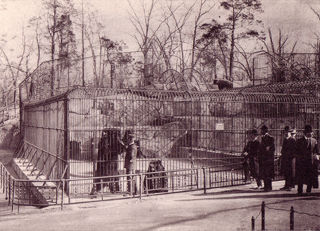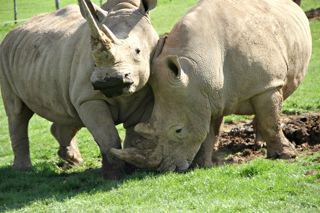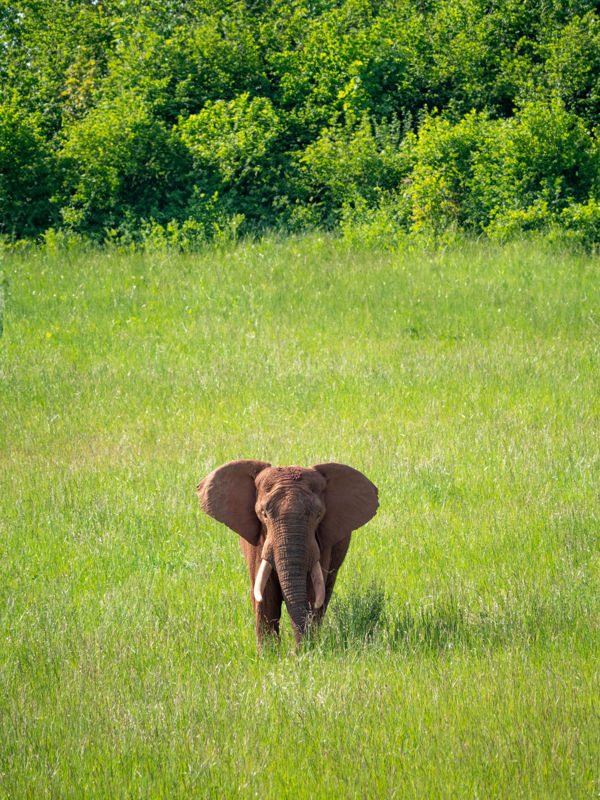A History of the Zoo
16th Oct 2014
While modern zoos are almost unrecognisable compared to zoos of the past, the history of the zoo can actually be dated back to Ancient Egypt – around 3,000 years ago. Back then, animals were used to show the wealth and power of a ruler, with pharaohs demanding wild animals be captured on their behalf. It wasn’t until the age of exploration in the 15th century that exotic specimens, particularly from tropical regions, were collected by explorers when travelling around the world. This resulted in zoos being set up in capital cities in the west in order to, once again, competitively demonstrate their status and power by the size and grandeur of their zoo.

These zoos were actually exhibits that, by today’s standards, seem abhorrently cruel. However, the people who ran these zoos had no concept of conservation; they viewed the natural world as something that was inexhaustible. London was a prime example of a city that showcased an eclectic range of animals, much to the amazement of its visitors. A polar bear, elephant, monkeys, lions and baboons were all common sightings, not in a zoo, but in the Tower of London. The Royal Menagerie at the Tower began back in 1251 with King Henry VIII’s white bear – a gift from the King of Norway.
This tradition continued for around 600 years, with lions being one of the most symbolic animals of the Tower. In fact, King John was so proud of his lions that he named one of the buildings ‘Lion Tower’. Even now they are part of England’s identity and a national emblem. We are also extremely proud of our amazing lions here at Noah’s Ark Zoo Farm. Of course, there was no real knowledge of how dangerous these animals could be, and it wasn’t until the early 1820s, after numerous attacks on visitors, that the Duke of Wellington demanded the Menagerie to be closed. The animals were transported to Regent’s Park as the first collection of London Zoo species, whilst others were shipped to America or joined travelling circuses.

It was only after World War II that zoos began to take on their modern form, and those running them started to realise the importance of conservation. Facilities were set up, including research departments, and educational staff were hired to spread the message of conservation to the public. This new attitude towards zoo management has led to more appropriate environments for zoo animals, and extensive and on-going research means we can provide more and more suitable habitats and experiences in zoos.

Today, zoos play a crucial role in global conservation and sustainability. Our well-designed and spacious zoo here at Noah’s Ark means we can help protect animals which are unable to be released back into the wild. We are honoured to be able to provide a safe home for endangered species – from our Bengal Tigers to our Lemurs. Visitors can also support our conservation efforts by adopting an animal today.

Sign Up to the newsletter
Would you like to receive marketing emails from us? Please tick the box if you would like to receive information about future events, ways you can support our charity, offers and discounts.

